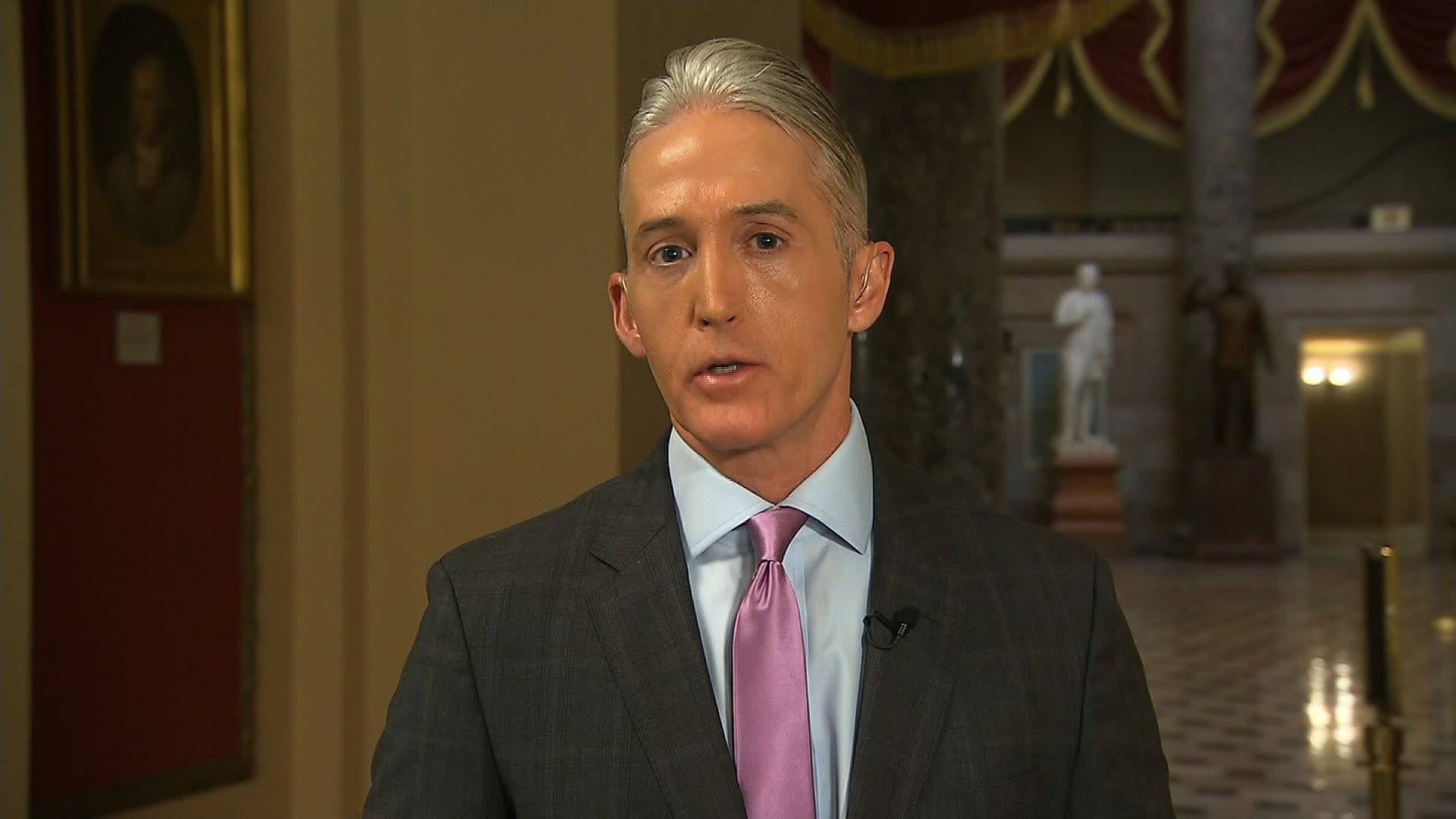Introduction
Executive orders are a powerful tool that allows the President of the United States to bypass Congress and enact policies without the need for legislative approval. This controversial but effective power has been used by presidents throughout history to address a wide range of issues, from domestic affairs to foreign policy.
Executive Orders: Presidential Power Without Congress
An executive order is a directive issued by the President that has the force of law. It is typically used to implement existing statutes or to address matters that fall within the President’s constitutional authority. Executive orders do not require the approval of Congress and cannot be overturned by legislation, although they can be challenged in court.
The President’s authority to issue executive orders stems from Article II of the Constitution, which grants the President the power to "take Care that the Laws be faithfully executed." This power has been interpreted to include the authority to issue executive orders that are necessary to carry out the President’s duties.
Bypassing Congress: The Executive Order Tool
Executive orders can be used to bypass Congress in a number of ways. First, they can be used to implement existing statutes without the need for further legislative action. Second, they can be used to address matters that fall within the President’s constitutional authority, even if Congress has not taken action on the issue. Third, they can be used to create new policies that would otherwise require congressional approval.
The use of executive orders to bypass Congress has been a subject of controversy since the founding of the United States. Some argue that it is an abuse of presidential power that undermines the role of Congress. Others argue that it is a necessary tool that allows the President to act quickly and decisively in times of crisis.
Summary
Executive orders are a powerful tool that allows the President of the United States to enact policies without the need for congressional approval. They can be used to implement existing statutes, address matters that fall within the President’s constitutional authority, and create new policies. The use of executive orders to bypass Congress has been a subject of controversy, but it remains a valuable tool for presidents to use in times of crisis.



